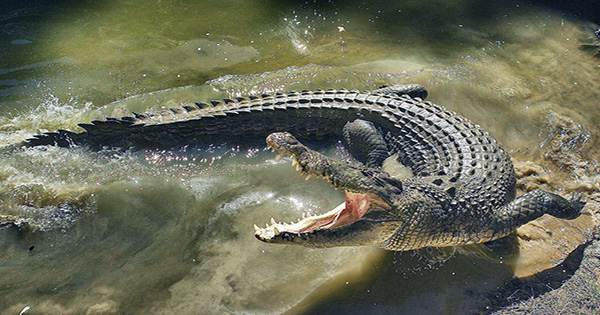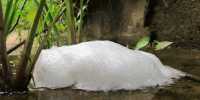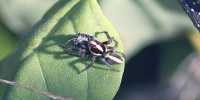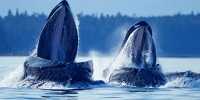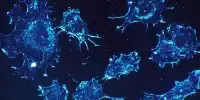There aren’t many animals in the legend that exist in reality. The Loch Ness Monster is occasionally turned into a fish. One wonderful sea monster vision can be explained by the whale penis. Examples of “yeti” hair usually come from bears, although sometimes – sometimes – it’s a dog. Then there’s Gustave, an animal that has earned itself a legendary status in Burundi. Although myths have grown around Gustav – some say he is 12 meters (40 feet) long, others claim that the crocodile is red or yellow, or protruding from the grass – there is more truth to the myths. Footage showing a giant crocodile was photographed as well.
The reptile is probably the largest crocodile in Africa at approximately 6 meters (20 feet) and 907 kilograms (2,000 pounds), but the crocodile has gained notoriety for much worse than the Chunky Boy: it is rumored that it killed more than 300 people. Locals in Tanganyika Lake fear Crook, who traveled to the vast reservoir on the shores of the lake and reportedly ate “food from fishermen and bathers on the way,” which have done animal research and received reports of the killings for many years.
“He can eat 10, 15 or 20 people next to the bank,” Faye told the BBC. “One year, I walked down his path and ate 17 people between Kanyosha and Minago and Kabezi and Magara.” In 2004, a ranger – portrayed by a full-time documentary crew – tried to relocate the crocodile to protect residents near Lake Tanganyika. The team, led by Faye, tried to trap the crocodile in a 9-meter (30-foot) trap, but to no avail.
In a final attempt, they saw a goat loaded on a spring-loaded trap in exactly one scene in Jurassic Park. After several nights of multiple brief glimpses of what Gustav might be, the team began to speculate that “Gustav is smarter than we thought.” Eventually, what turned out to be the final night for the crew, the night vision camera was cut off during heavy rain. The next morning, the crew returned and found the cage submerged in water. The goat has disappeared.
